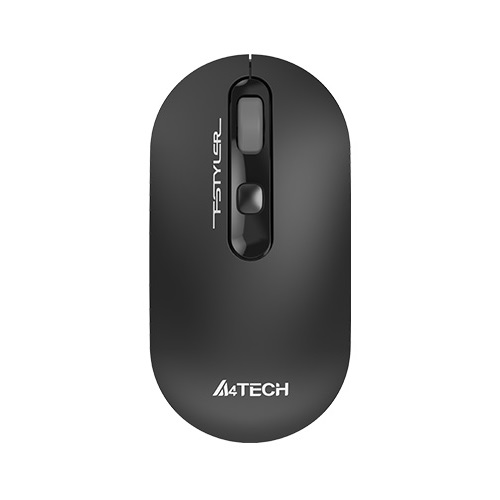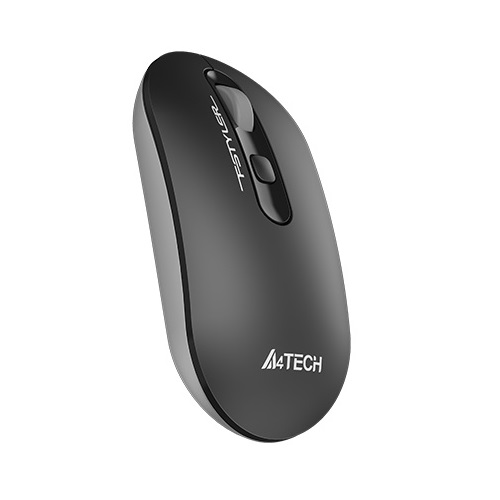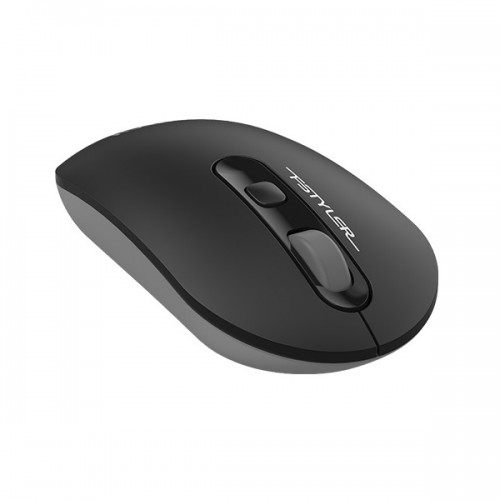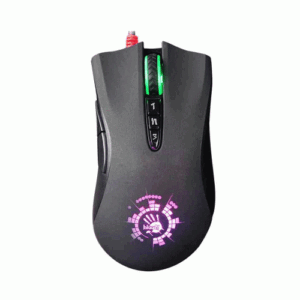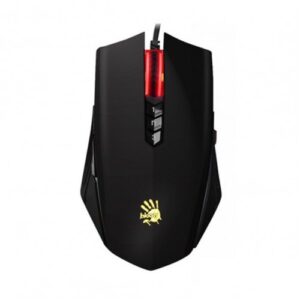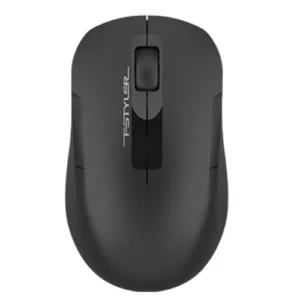Specifications and Main Features
The 2.4GHz wireless mouse is engineered to deliver convenience and precision, incorporating several key specifications and features that cater to a diverse range of users. One of its notable attributes is the connection type, which utilizes a nano USB receiver. This compact receiver plugs seamlessly into a USB port, enabling a stable and interference-free connection, thereby enhancing the reliability of your wireless experience.
Another important aspect of the 2.4GHz wireless mouse is its adjustable DPI settings. This feature allows users to customize their mouse sensitivity, with options set at 1200, 1600, and 2000 DPI. Such versatility in DPI settings enhances user experience, enabling smoother cursor movements for various tasks ranging from everyday computing to high-precision work and gaming. A higher DPI setting might be preferred for activities that require increased accuracy, while lower settings may be suitable for general navigation.
Additionally, the polling rate of the mouse is set at 125Hz. This defines the frequency at which the mouse reports its position to the computer, ultimately affecting the responsiveness during usage. A higher polling rate can contribute to a more fluid and seamless interaction, which is particularly beneficial during competitive gaming scenarios where timing is crucial.
In terms of design, the 2.4GHz wireless mouse measures 113 x 57 x 26 mm and weighs 62 g, not including the batteries. These physical characteristics contribute to a portable and ergonomic solution that ensures comfortable usage over extended periods. Users will find that the blend of specifications in the 2.4GHz wireless mouse creates a functional accessory suitable for both casual users and serious gamers, providing an overall enhanced computing experience.
Battery Life and Warranty Information
The battery life of a 2.4GHz wireless mouse is a crucial consideration for users seeking a reliable device for uninterrupted usage. Most 2.4GHz wireless mice operate on two AAA alkaline batteries, which are generally accessible and easily replaceable. The lifespan of these batteries can vary significantly based on usage patterns and the specific design of the mouse. Typically, users can expect between six months to a year of battery life under regular conditions, although individual experiences may differ depending on factors such as the frequency of use or the presence of additional features like LED lighting.
It’s worth noting that the choice of battery can have an impact on the performance of the wireless mouse. For optimal results, selecting high-quality alkaline batteries is advisable since cheaper alternatives may lead to shorter lifespan and potential performance inconsistencies. In addition to this, some models offer the option to use rechargeable AAA batteries, allowing users to enjoy an eco-friendly solution without sacrificing functionality. This flexibility can not only ensure greater usability but also contribute to overall cost-effectiveness in the long run.
Moreover, when considering a 2.4GHz wireless mouse, it’s essential to pay attention to the warranty information provided by the manufacturer. Most reputable brands offer a one-year warranty, which demonstrates confidence in the product’s quality and durability. This warranty typically covers defects in materials and workmanship, giving users peace of mind in their buying decision. Additionally, various manufacturers may provide extended service options or guarantees, further enhancing consumer trust and satisfaction. In this context, understanding the battery life and warranty details can empower users to make informed choices regarding their wireless mouse investment.
